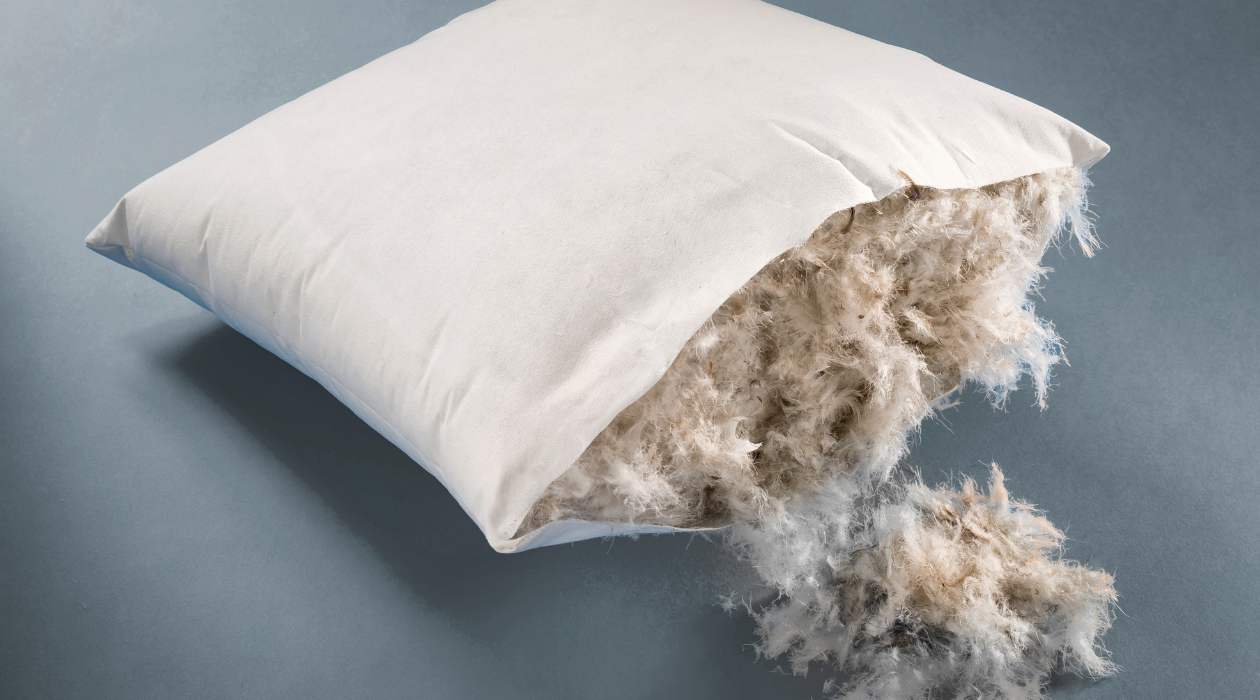

Articles
Where Do Feathers In Pillows Come From
Modified: January 18, 2024
Discover the origin of feathers used in pillows with our informative articles. Learn about the sources and ethical practices behind feather harvesting.
(Many of the links in this article redirect to a specific reviewed product. Your purchase of these products through affiliate links helps to generate commission for Storables.com, at no extra cost. Learn more)
Introduction
Feather pillows have been a popular bedding choice for centuries, offering a luxurious and comfortable sleep experience. These pillows are known for their softness, natural insulation, and breathability. But have you ever wondered where the feathers in pillows come from?
In this article, we will explore the history of feather pillows, the types of feathers used in their construction, the sourcing of feathers, ethical concerns surrounding feather harvesting, the manufacturing process of feather pillows, the benefits and drawbacks of using feather pillows, and alternative pillow fillings.
So, if you’ve ever been curious about the origins of feather-filled pillows and want to make an informed decision about your bedding choices, this article is for you.
Key Takeaways:
- Feather pillows have a rich history dating back to ancient civilizations, offering luxurious comfort and natural insulation. Ethical sourcing and certifications ensure responsible feather harvesting for a sustainable bedding choice.
- While feather pillows provide softness and breathability, alternative fillings like memory foam, synthetic fibers, and latex cater to different sleep preferences and needs. Proper care and maintenance are essential for the longevity of any pillow filling.
Read more: Where Do Rose Seeds Come From
History of Feather Pillows
The use of feather pillows dates back thousands of years to ancient civilizations, such as the Egyptians and the Chinese. In Egypt, feather pillows were considered a symbol of wealth and luxury, and they were often adorned with intricate designs. The Chinese also recognized the plush comfort of feather pillows and used them to promote restful sleep.
Feather pillows gained popularity across Europe during the Middle Ages when they became a common bedding choice among the elite. Feathers were chosen for their softness and ability to conform to the head and neck, providing support and comfort.
During the Renaissance era, feather pillows became even more extravagant. Nobility and wealthy households would fill their pillows with a variety of feathers, including goose, duck, and even swan feathers, to achieve the ultimate in comfort and opulence.
The Industrial Revolution in the 18th century brought advances in pillow production. With the introduction of mass production techniques, feather pillows became more accessible to the general population. The widespread use of feathers in pillows continued throughout the Victorian era and into the early 20th century.
However, as synthetic materials became more readily available and affordable, the popularity of feather pillows began to decline. Many people switched to pillows filled with polyester and other synthetic fibers, as they offered similar softness without the perceived drawbacks of using feathers.
In recent years, there has been a resurgence of interest in feather pillows. This is due to an increased focus on natural and sustainable materials, as well as a growing awareness of the benefits that feathers can provide for a good night’s sleep.
Today, feather pillows are available in a wide range of styles and densities to suit individual preferences. Whether you prefer a soft and fluffy pillow or a firmer and more supportive one, there is a feather pillow option to meet your needs.
Now that we have explored the history of feather pillows, let’s dive deeper into the types of feathers used in their construction.
Types of Feathers Used in Pillows
Feather pillows are typically filled with two types of feathers: down feathers and feathers.
Down feathers are the soft, fluffy undercoating that lies beneath the exterior feathers of waterfowl. They are known for their superior insulation properties, lightweight feel, and exceptional softness. Down feathers are highly coveted for luxury bedding items due to their ability to provide unparalleled comfort and warmth.
Feathers, on the other hand, are the outer, larger and more rigid feathers of birds. They provide structure and support to the pillow. Feathers are not as soft or fluffy as down feathers, but they are durable and help pillows retain their shape over time. Feathers are often mixed with down feathers to create a balanced fill that offers both support and softness.
When it comes to the type of feathers used in pillows, you will commonly find pillows filled with a blend of down feathers and regular feathers. The ratio of down feathers to feathers can vary, with higher-quality pillows typically having a higher percentage of down.
In some cases, you may come across pillows labeled as “100% down.” These pillows are filled only with down feathers and not mixed with regular feathers. They are known for being exceptionally soft and lightweight.
It’s important to note that the quality of the feathers used in pillows can vary. Higher-quality feathers come from mature birds and are often sourced from regions with colder climates, as these birds tend to have larger, more insulating feathers. These feathers are carefully selected and undergo rigorous sorting and cleaning processes to ensure optimum quality.
Now that we have a better understanding of the types of feathers used in pillows, let’s explore how these feathers are sourced.
Sourcing Feathers for Pillows
The sourcing of feathers for pillows is an important aspect of the manufacturing process. Feather suppliers typically obtain feathers from waterfowl, such as ducks and geese, as these birds naturally molt and produce new feathers.
Feathers used in pillows can come from a variety of sources:
- Farm-raised birds: Many feather suppliers work closely with farms that raise ducks and geese specifically for their feathers. These birds are kept in humane and controlled environments, ensuring their well-being throughout the molting process.
- Wild-caught birds: Some feather suppliers collect feathers from birds in the wild. However, it is essential that this process is done responsibly and does not harm the populations or ecosystems.
- Recycled feathers: In recent years, there has been a growing trend of using recycled feathers. These feathers come from various sources, such as post-consumer waste or discarded bedding items. Recycling feathers helps reduce waste and puts existing feathers to good use.
When sourcing feathers, reputable manufacturers prioritize ethical practices and adhere to responsible sourcing standards. They ensure that the feathers are obtained in a humane and sustainable manner, without causing harm to the birds or their environments.
It’s important to note that certain certifications, such as the Responsible Down Standard (RDS) or the Global Traceable Down Standard (GDTS), can provide assurance that feathers used in pillows are ethically sourced. These certifications verify that the feathers come from birds that were not subjected to live plucking or force-feeding, and that they meet specific animal welfare and traceability requirements.
By purchasing feather pillows from manufacturers who prioritize ethical sourcing, you can feel confident that you are supporting responsible practices and contributing to a more sustainable industry.
Now that we understand how feathers are sourced for pillows, let’s discuss the ethical concerns that can arise in the feather harvesting process.
Ethical Concerns in Feather Harvesting
Feather harvesting, like any industry involving animals, can raise ethical concerns. It’s important to address these concerns and ensure that the feathers used in pillows are obtained in a humane and responsible manner.
One significant ethical concern is the practice of live plucking. Live plucking involves the removal of feathers from birds while they are still alive. This can cause unnecessary pain and distress to the birds. However, it’s important to note that reputable feather suppliers and manufacturers are committed to avoiding live plucking and source their feathers from suppliers who follow these standards.
Another concern is the force-feeding of birds to produce down feathers, which is predominantly associated with the production of foie gras. Foie gras is a controversial luxury food made from the enlarged livers of ducks or geese. The force-feeding process, known as gavage, involves inserting a tube into the bird’s esophagus and overfeeding it to fatten the liver. It’s crucial to ensure that the feathers used in pillows are not sourced from birds subjected to force-feeding practices.
To address these ethical concerns, various organizations and certification programs have been established to promote responsible sourcing and ensure animal welfare. Certifications like the Responsible Down Standard (RDS) and the Global Traceable Down Standard (GDTS) set strict guidelines for suppliers to follow. These standards prohibit live plucking and force-feeding and require traceability throughout the supply chain.
By choosing pillows labeled with these certifications or purchasing from brands that prioritize ethical sourcing, you can make a conscious decision to support companies that uphold high animal welfare standards.
It’s also worth mentioning that some individuals choose alternative pillow fillings, such as synthetic fibers or plant-based materials, to avoid any ethical concerns associated with feather harvesting. These alternatives provide similar levels of comfort and can be a suitable choice for those who prefer cruelty-free options.
Now that we’ve addressed the ethical concerns surrounding feather harvesting, let’s delve into the manufacturing process of feather pillows.
When purchasing a pillow, look for ones labeled as “down alternative” if you prefer a cruelty-free option. These pillows are filled with synthetic materials that mimic the softness and warmth of natural down feathers.
Read more: Where Do Seed Potatoes Come From
Feather Pillow Manufacturing Process
The manufacturing process of feather pillows involves several steps to transform raw feathers into fluffy and comfortable bedding items.
Step 1: Cleaning and Sorting: The first step in the process is to thoroughly clean the feathers to remove dirt, debris, and any allergens. The feathers are then sorted based on their size and quality. This ensures that only the finest feathers are used in the pillow filling.
Step 2: Mixing: After sorting, the feathers are mixed together to create a balanced blend of down feathers and regular feathers. The ratio of down to feathers can vary depending on the desired level of softness and support.
Step 3: Pillow Casing: A pillow casing, typically made of natural materials like cotton or a blend of cotton and other fibers, is prepared. The casing is designed to enclose the feather filling and provide a protective barrier.
Step 4: Filling the Pillow: The sorted and mixed feathers are carefully stuffed into the pillow casing. Manufacturers often use special equipment to ensure an even distribution of feathers throughout the pillow.
Step 5: Stitching and Finishing: Once the pillow is filled, it is stitched closed, usually with a strong thread or zipper, to secure the feathers inside. This stitching prevents the feathers from shifting or clumping together.
Step 6: Quality Control: Before the pillows are packaged and made available for sale, they undergo rigorous quality control checks. This ensures that the pillows meet the manufacturer’s standards for comfort, durability, and overall quality.
It’s important to note that some manufacturers may include additional steps in their manufacturing processes to enhance the performance and longevity of their feather pillows. These steps could include treating the feathers with hypoallergenic solutions or employing special techniques to ensure improved breathability and loft.
By carefully following these manufacturing steps, manufacturers are able to produce high-quality feather pillows that provide optimal comfort and support for a restful night’s sleep.
Now that we have explored the manufacturing process of feather pillows, let’s discuss the benefits and drawbacks of using feather pillows.
Benefits and Drawbacks of Feather Pillows
Feather pillows have long been favored for their unique qualities and benefits. However, they also come with some drawbacks that are important to consider before making a decision about your bedding choice.
Benefits:
- Softness and Comfort: Feather pillows are known for their luxurious softness, offering a plush and cozy sleep experience. The combination of down feathers and regular feathers provides a soft yet supportive feel.
- Natural Insulation: Feather pillows are excellent at regulating temperature. They provide insulation by trapping air within the feathers, helping keep you warm in colder months and cool during warmer seasons.
- Breathability: The natural fibers and construction of feather pillows allow air circulation, reducing the buildup of heat and moisture. This can prevent discomfort and help you maintain a comfortable sleeping environment.
- Moldability: Feather pillows can be easily shaped and molded to fit your desired sleeping position. They conform to the contours of your head and neck, providing personalized support throughout the night.
Drawbacks:
- Possible Allergies: Some individuals may be allergic to feathers or develop sensitivities to the dust mites that can be present within the pillow. Hypoallergenic alternatives or regular cleaning can help mitigate potential allergic reactions.
- Slight Odor: Feather pillows may emit a slight natural odor, especially when they are new. This odor typically dissipates over time and with regular airing.
- Maintenance: Feather pillows require regular fluffing and occasional shaking to maintain their loft and prevent clumping of feathers. They may also need to be professionally cleaned or spot cleaned if stains occur.
- Support and Firmness: Feather pillows may not provide the same level of firmness and support as other pillow fillings, such as memory foam. Those seeking firmer support may need to consider alternative pillow options.
Ultimately, the decision to use feather pillows depends on personal preference, sleep style, and any specific allergies or sensitivities. Some people find them to be the epitome of comfort, while others may prefer alternative pillow fillings that better meet their specific needs.
Now that we’ve explored the benefits and drawbacks of feather pillows, let’s discuss how to care for and maintain them.
Care and Maintenance of Feather Pillows
Proper care and maintenance are important to ensure the longevity and cleanliness of your feather pillows. Follow these tips to keep your pillows in excellent condition:
1. Regular Fluffing: Fluff your feather pillows daily to help distribute the feathers evenly and maintain their loft. This will prevent them from becoming flat and clumped over time.
2. Gentle Shaking: Give your pillows a gentle shake regularly to help restore their shape and fluffiness. This will also assist in removing any dust or debris that may have accumulated.
3. Air Out: Occasionally, place your feather pillows in a well-ventilated area or outdoors for a few hours to allow them to air out. This can help eliminate odors and freshen them up.
4. Pillow Protectors: Consider using pillow protectors or pillowcases to keep your feather pillows clean and protect them from stains. Wash these protectors regularly to maintain hygiene.
5. Spot Cleaning: If any stains occur on your feather pillows, spot clean them following the manufacturer’s instructions. Use a mild detergent and a soft cloth or sponge. Avoid saturating the feathers.
6. Professional Cleaning: For a more thorough cleaning, you can have your feather pillows professionally laundered. Seek the advice of a professional cleaner experienced in handling down and feather products.
7. Fluffing in Dryer: For a quick revival of your feather pillows, you can place them in the dryer on a low heat setting with a couple of clean tennis balls or dryer balls. The gentle tumbling action will help fluff the feathers.
8. Avoid Moisture: Keep your feather pillows away from moisture, as dampness can encourage the growth of mold or mildew. Ensure your pillow is completely dry before storing or using it.
9. Replace When Necessary: Over time, feather pillows may lose their loft and support. If your pillow becomes flat or uncomfortable, it may be time to consider replacing it.
By following these care and maintenance practices, your feather pillows can remain fresh, clean, and comfortable for an extended period.
Now that we’ve covered the care and maintenance of feather pillows, let’s explore some alternative pillow fillings for those who may prefer different options.
Alternative Pillow Fillings
While feather pillows offer many benefits, some individuals may prefer alternative pillow fillings for various reasons. Fortunately, there are several options available to cater to different sleep preferences and needs.
1. Memory Foam: Memory foam pillows are popular for their ability to conform to the shape of your head and neck, providing customized support. The foam retains its shape and offers excellent pressure relief, making it ideal for those seeking a firmer and more supportive pillow.
2. Synthetic Fibers: Synthetic fiber-filled pillows, such as polyester or microfiber, are a popular choice for those with allergies or sensitivities to natural materials. These pillows are hypoallergenic, lightweight, and often offer good support and softness.
3. Latex: Latex pillows are crafted from natural or synthetic rubber. They provide a balance between support and comfort, offering responsiveness and durability. Latex pillows are known for their breathability and resistance to dust mites and molds.
4. Buckwheat: Buckwheat pillows are filled with the outer hulls of buckwheat seeds. These pillows offer natural airflow and excellent support. The hulls can be easily adjusted to achieve the desired loft and firmness.
5. Down Alternative: For individuals who like the feel of down but prefer cruelty-free options, down alternative pillows are an excellent choice. These pillows are made from synthetic fibers that mimic the softness and loft of down.
6. Wool: Wool-filled pillows are known for their natural breathability and temperature regulation properties. They offer great insulation and are resistant to dust mites and molds. Wool pillows provide a medium level of firmness and can be a suitable choice for different sleep positions.
7. Silk: Silk-filled pillows are luxurious and hypoallergenic. They offer a soft and smooth sleep surface and are excellent at maintaining a comfortable temperature. Silk pillows can be particularly beneficial for individuals with sensitive skin or allergies.
When choosing an alternative pillow filling, consider factors like personal preference, sleep style, allergies, and budget. It may be helpful to try out different options to determine which filling provides the desired level of comfort and support.
Remember, maintaining proper care and hygiene is essential regardless of the pillow filling you choose, as it ensures the longevity and cleanliness of your pillow.
Now that we’ve explored alternative pillow fillings, let’s conclude our article.
Read more: Where Do The Sunflower Seeds Come From
Conclusion
Feather pillows have a rich history and have long been cherished for their softness, comfort, and natural insulation. The feathers used in these pillows are typically sourced from ducks and geese, either through farm-raised birds or wild-caught sources. However, ethical concerns surrounding feather harvesting have prompted the development of certifications like the Responsible Down Standard (RDS) and the Global Traceable Down Standard (GDTS) to ensure responsible sourcing and animal welfare.
Feather pillows offer numerous benefits such as their softness, breathability, and moldability. They have the ability to regulate body temperature, ensuring a comfortable sleep environment. However, feather pillows also come with drawbacks, including potential allergies, the need for regular maintenance, and the possibility of odor or loss of support over time.
If feather pillows do not meet your preferences or specific needs, there are alternative pillow fillings available. Options like memory foam, synthetic fibers, latex, buckwheat, and down alternatives offer different levels of support, firmness, and hypoallergenic properties. It’s important to explore these alternatives and choose the filling that suits your individual sleep style and preferences.
Regardless of the type of pillow filling you choose, proper care and maintenance are crucial. Regular fluffing, airing out, and keeping your pillow clean with the help of pillow protectors or professional cleaning can ensure its longevity and hygiene.
When deciding on the perfect pillow, consider factors such as comfort, support, allergies, and personal preferences. By making an informed decision and choosing a pillow that meets your unique needs, you can enjoy a restful and rejuvenating sleep experience.
So, whether you opt for feather pillows, explore alternative fillings, or decide to try a combination of both, the key is to prioritize your comfort and well-being for a good night’s sleep.
Frequently Asked Questions about Where Do Feathers In Pillows Come From
Was this page helpful?
At Storables.com, we guarantee accurate and reliable information. Our content, validated by Expert Board Contributors, is crafted following stringent Editorial Policies. We're committed to providing you with well-researched, expert-backed insights for all your informational needs.
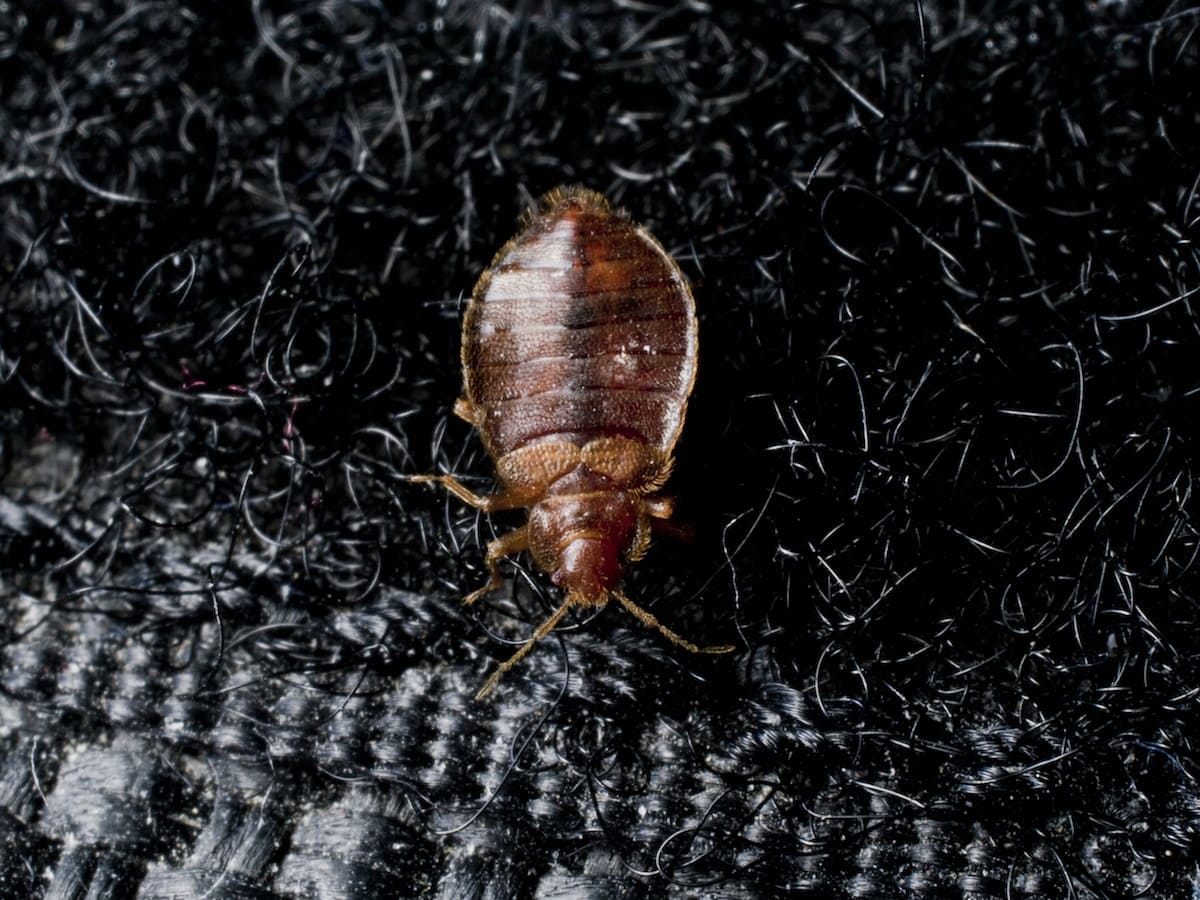
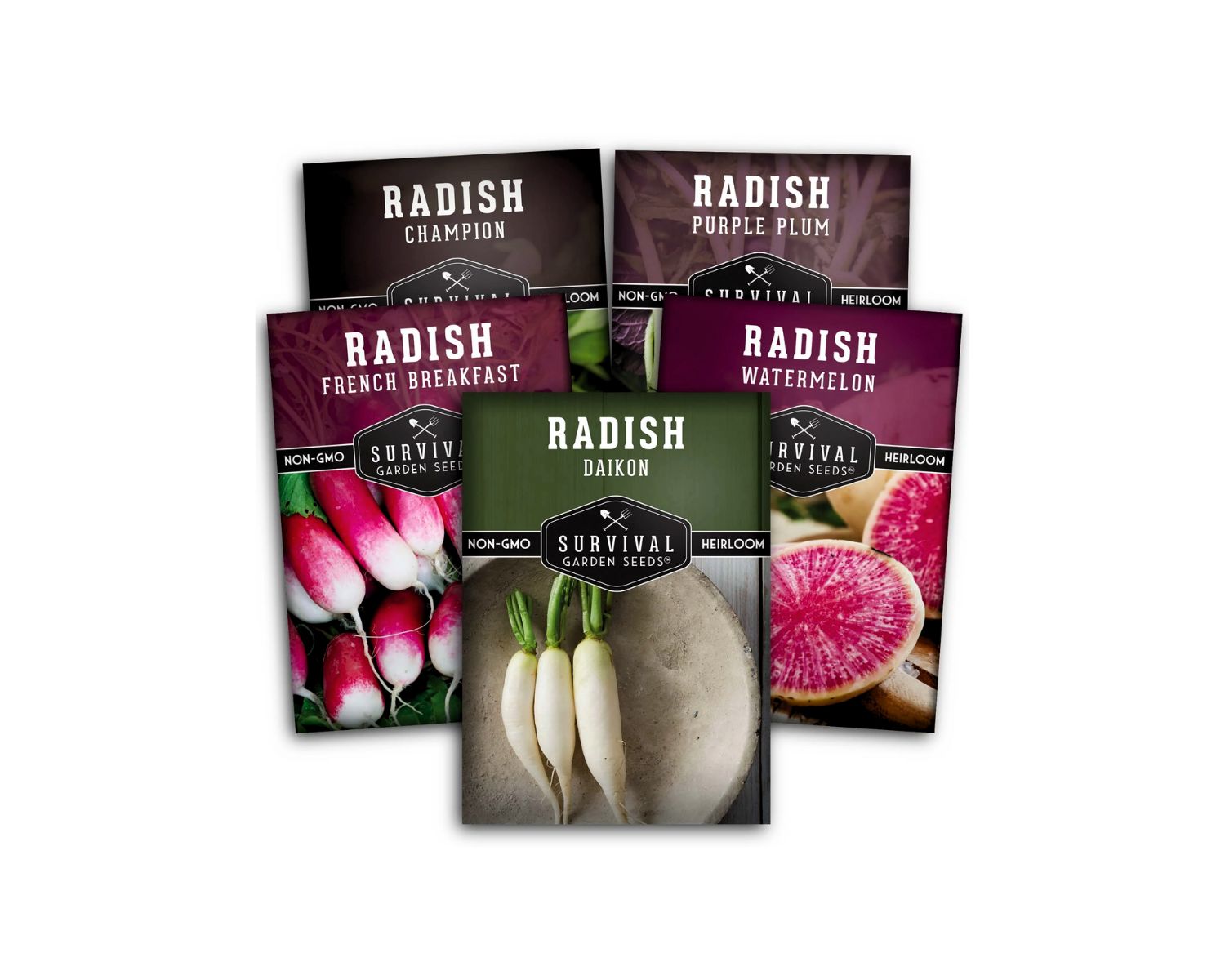
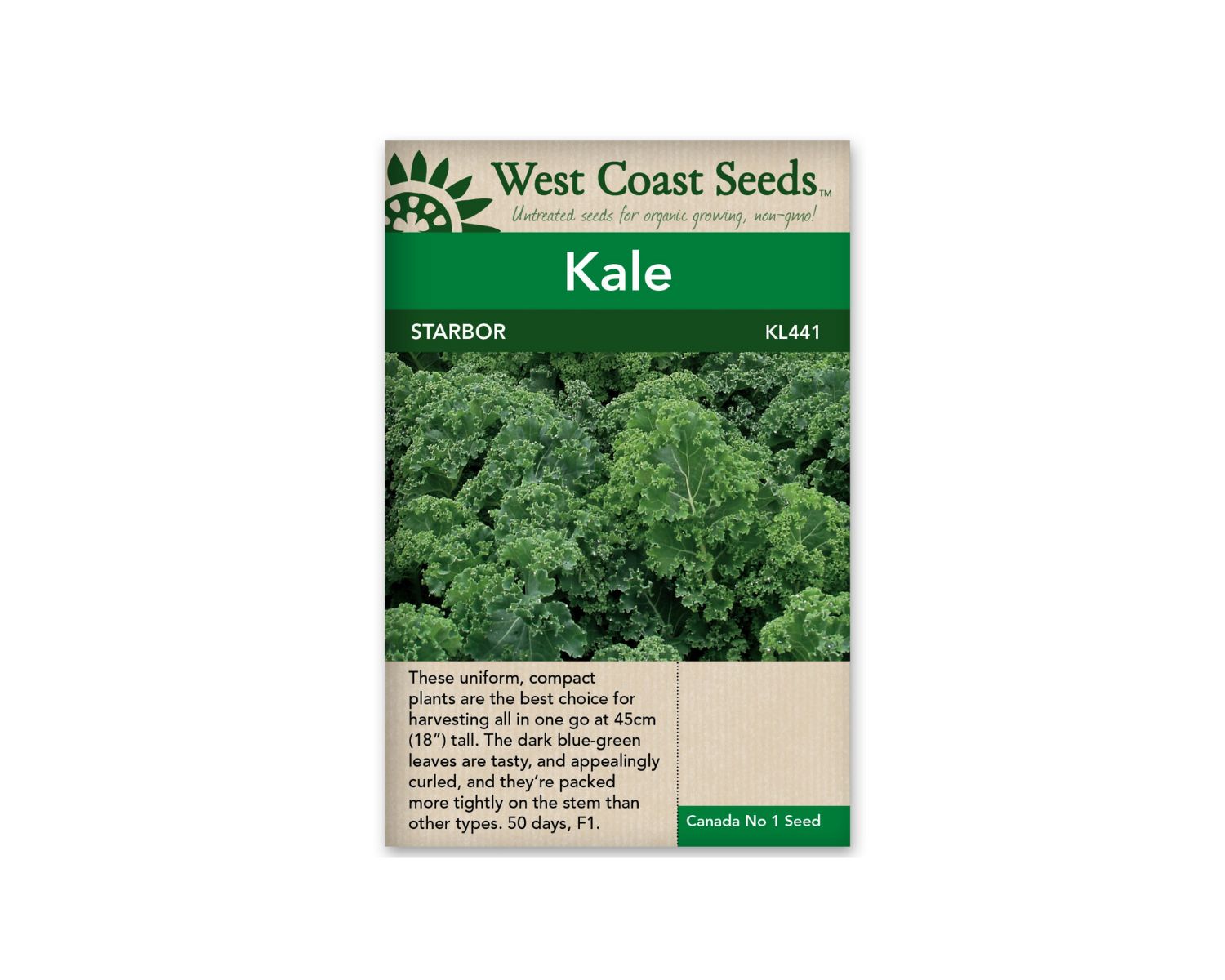
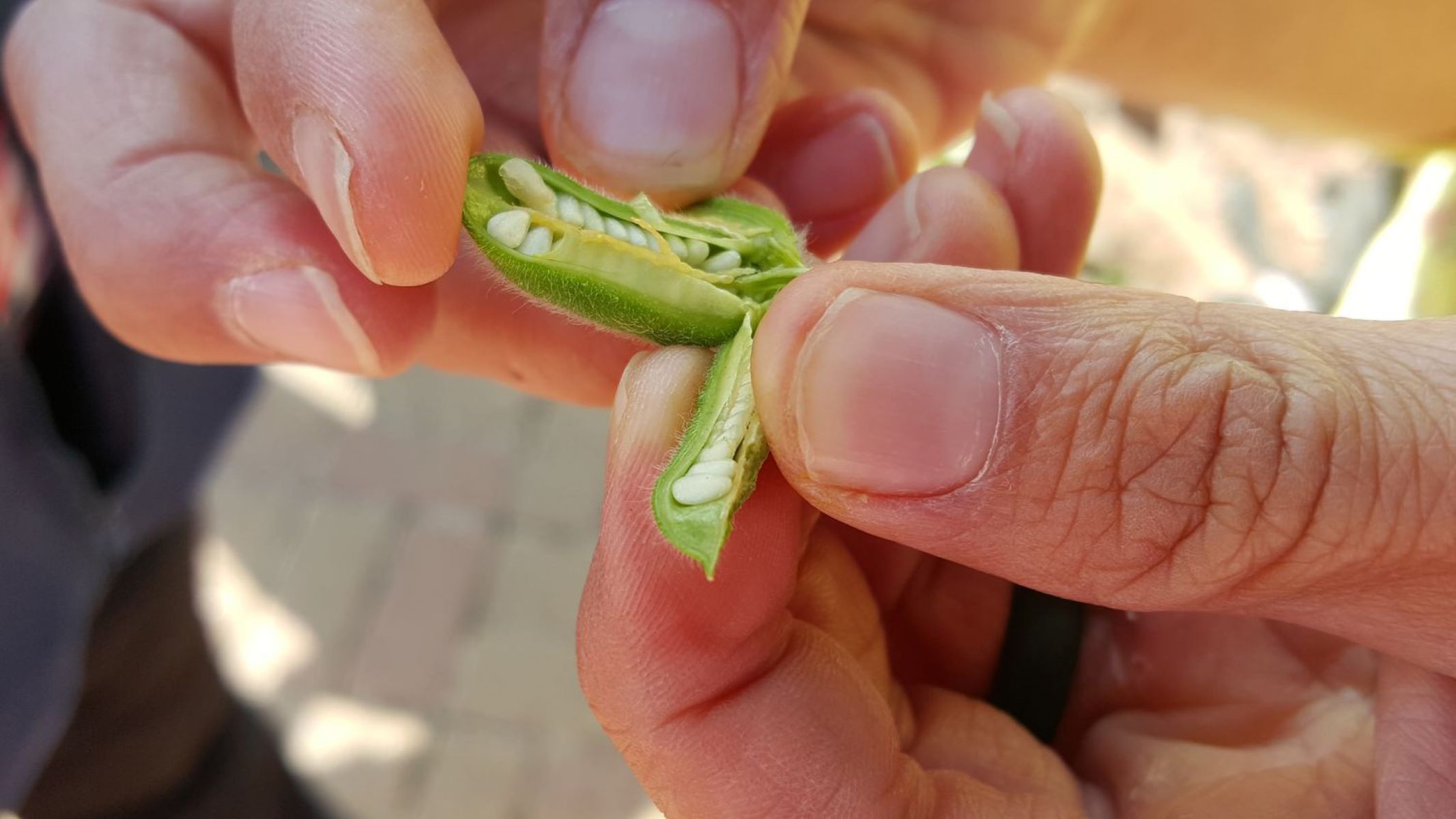
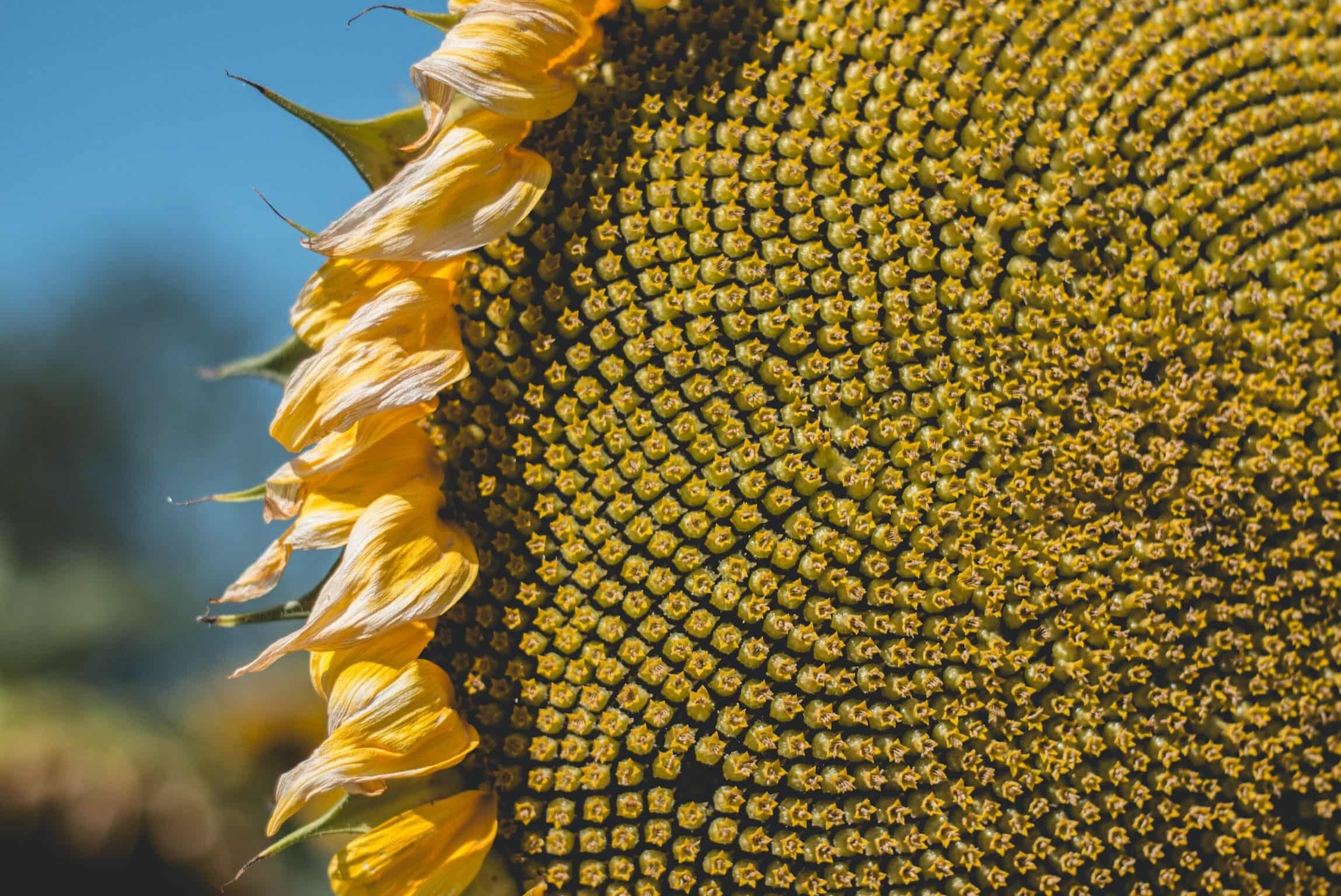
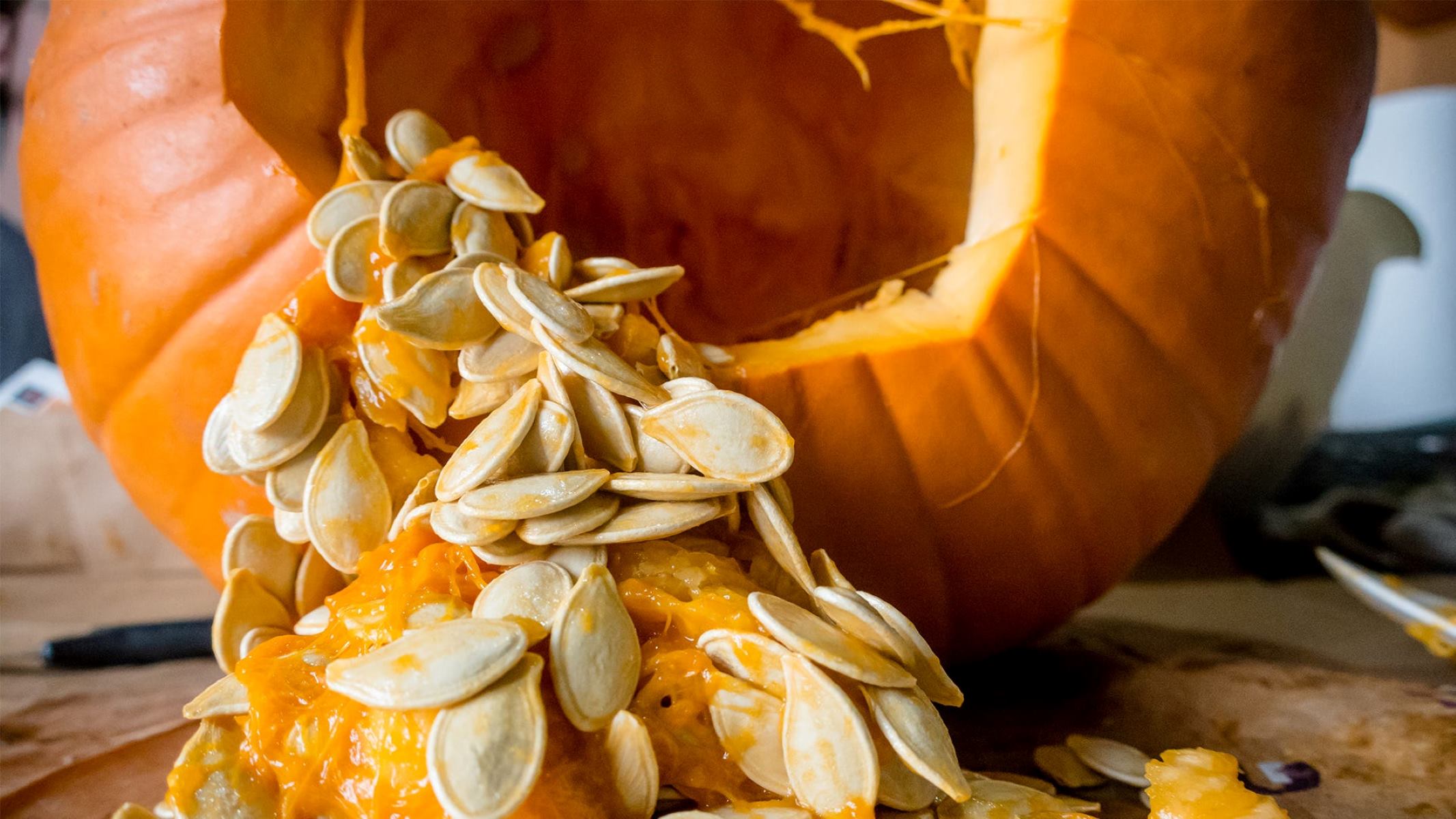
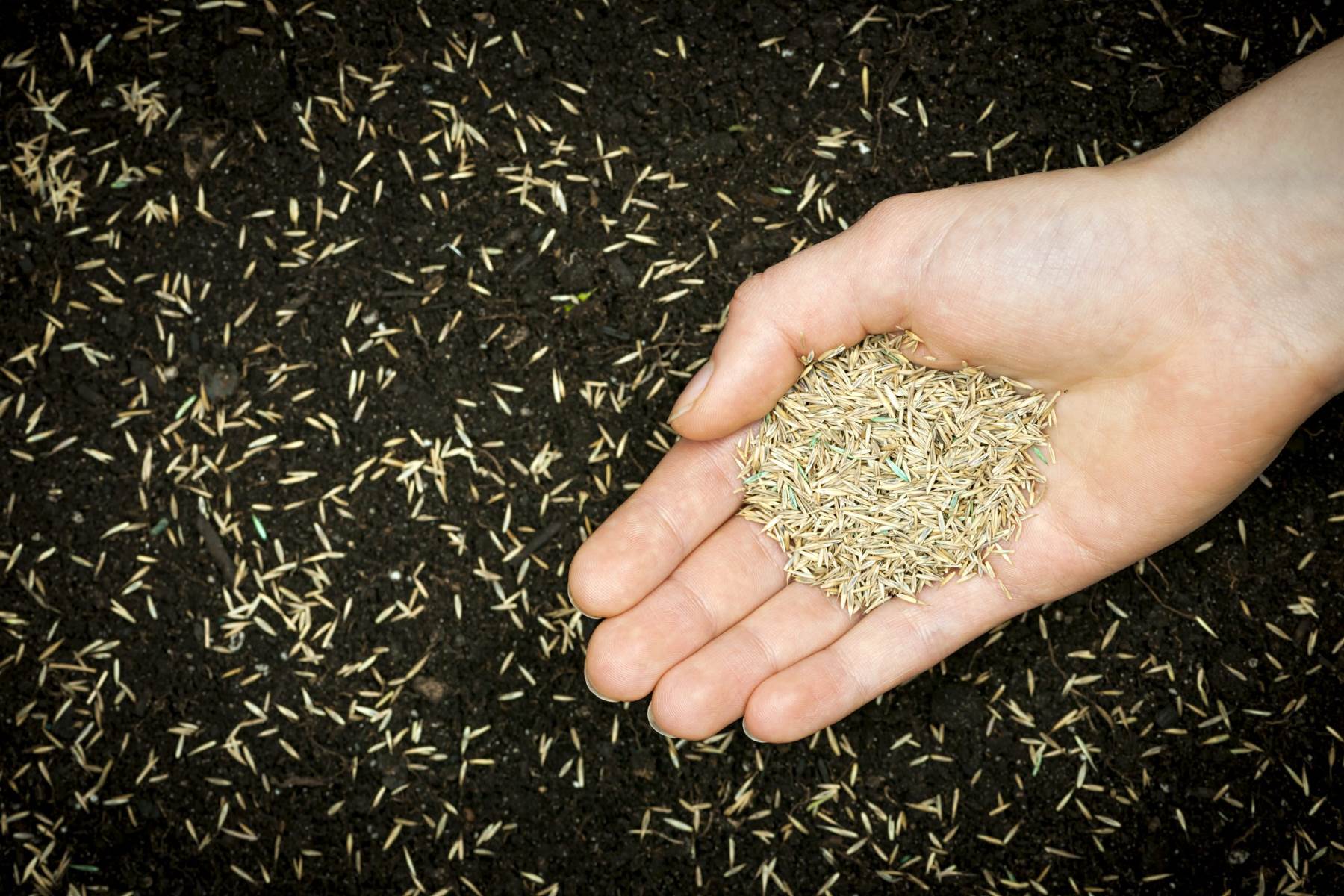
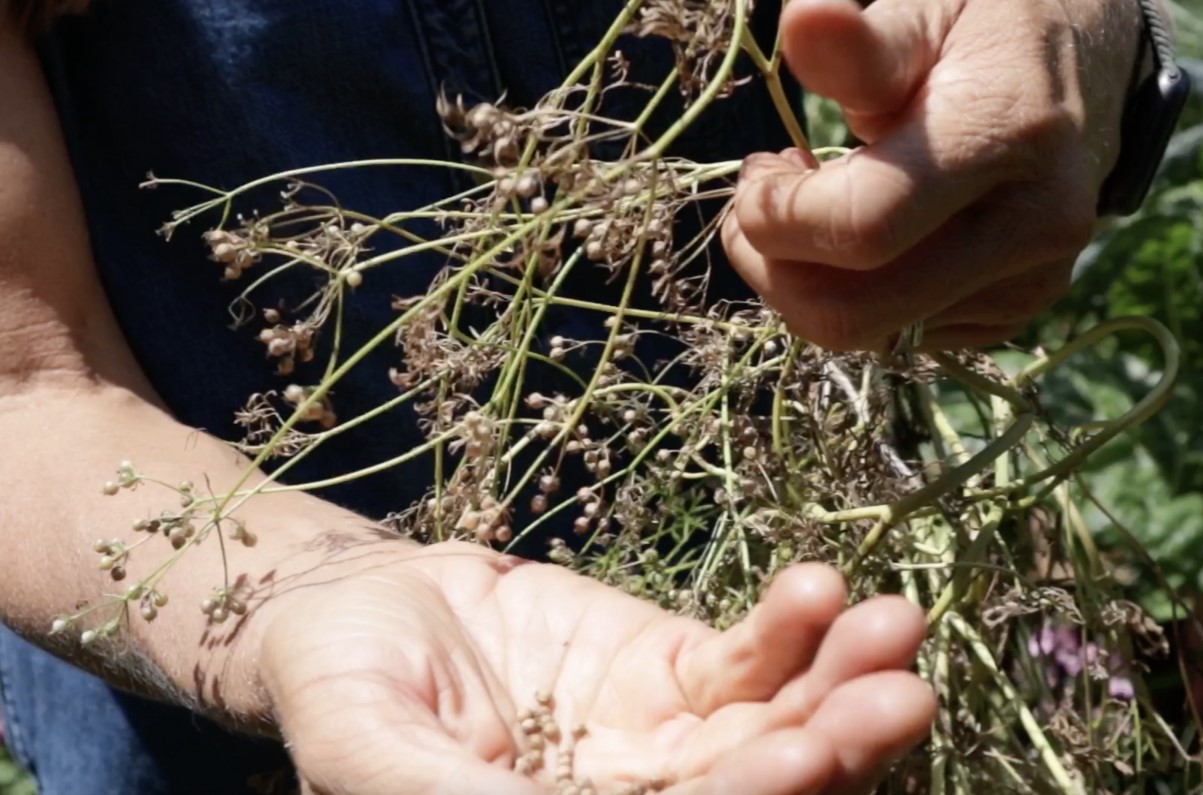
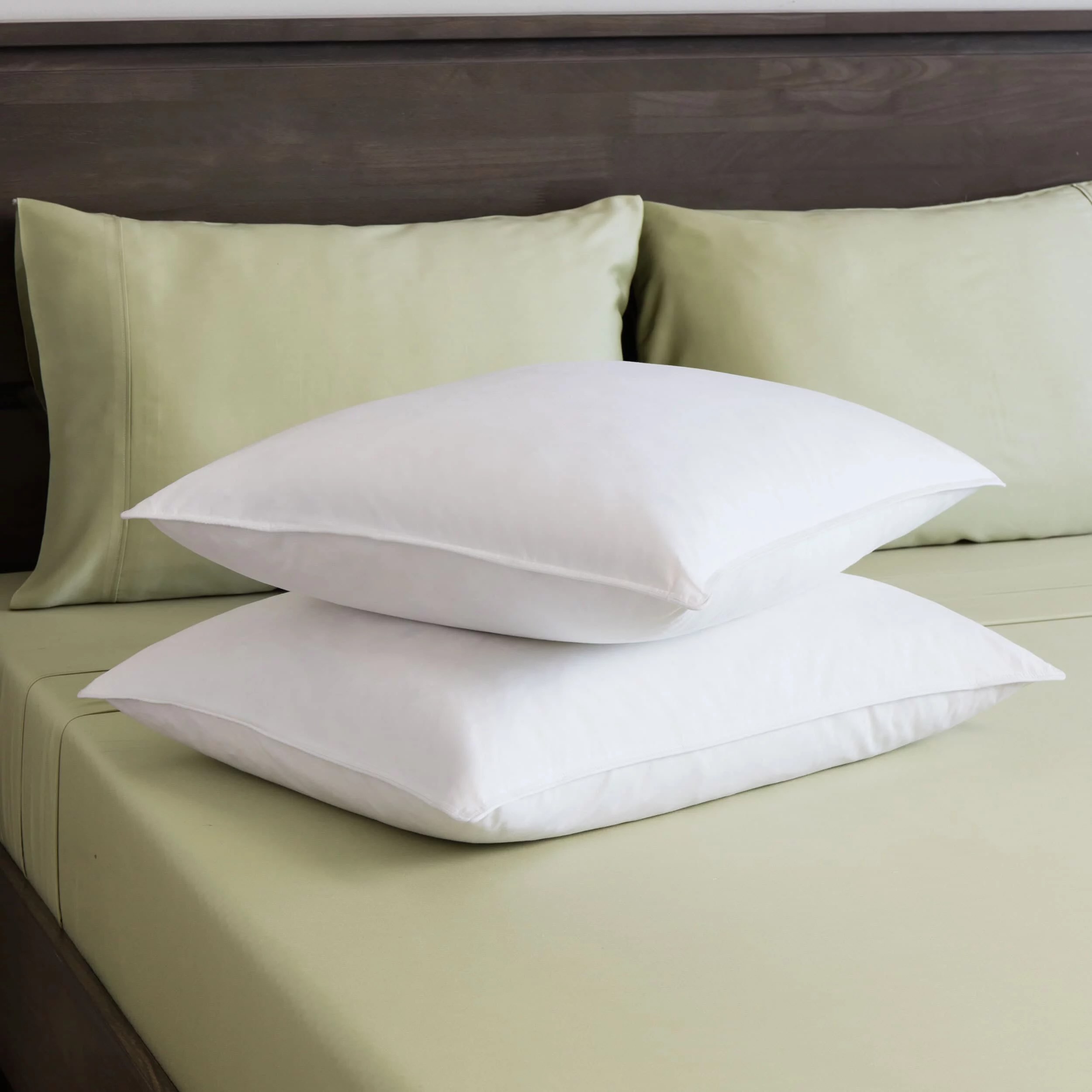
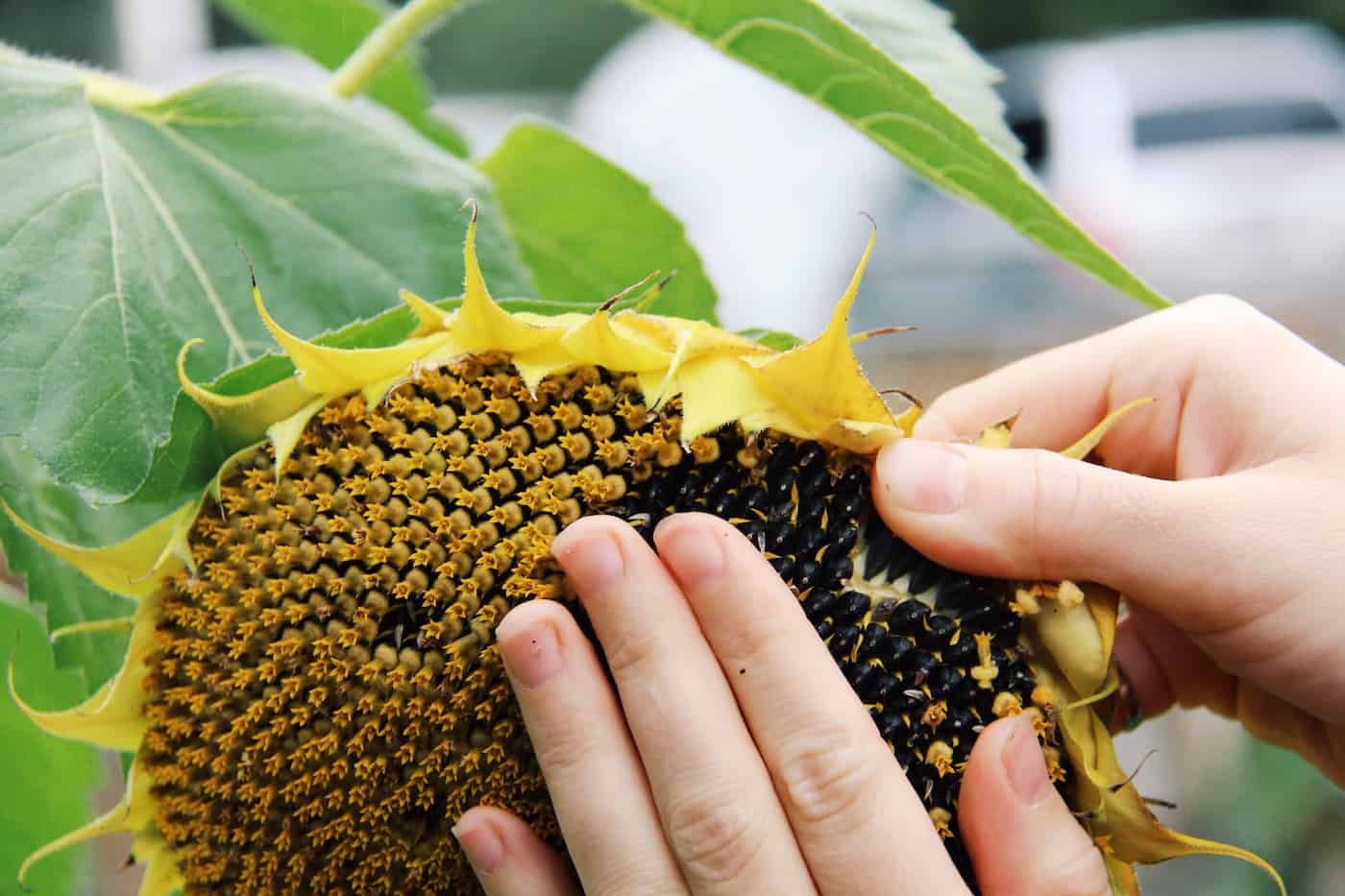
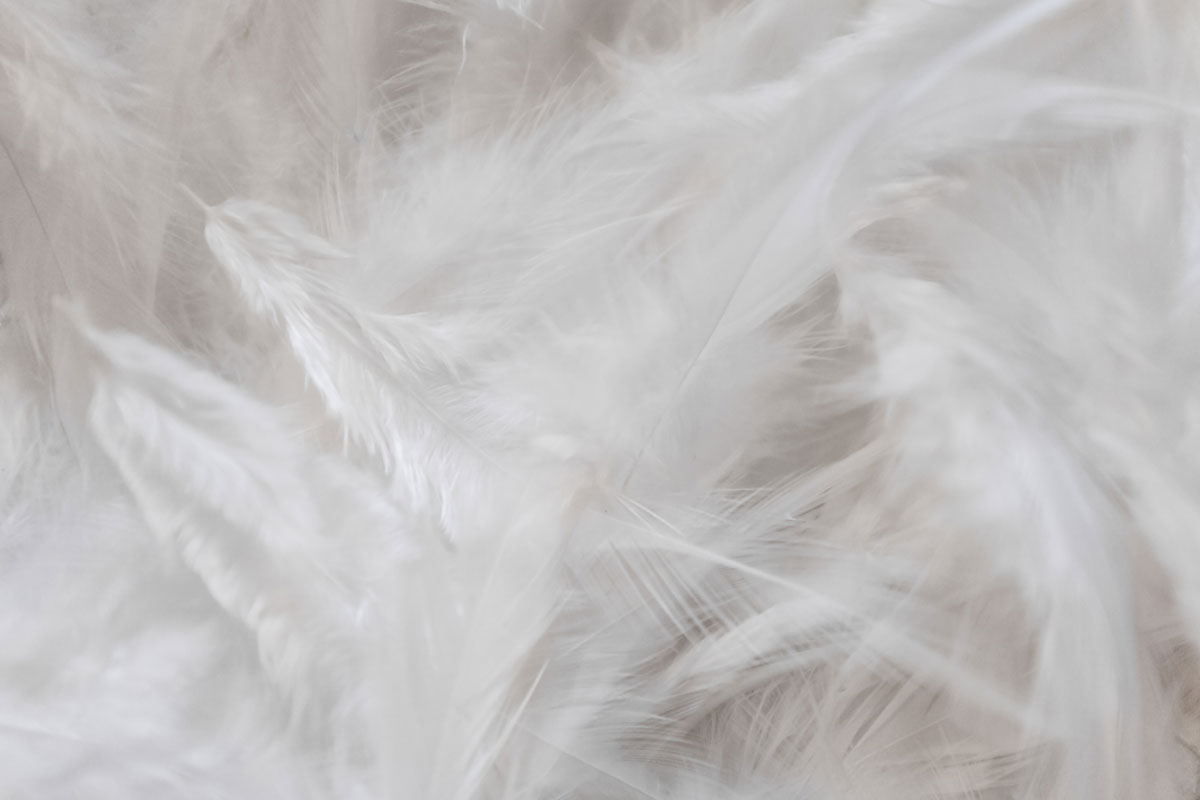
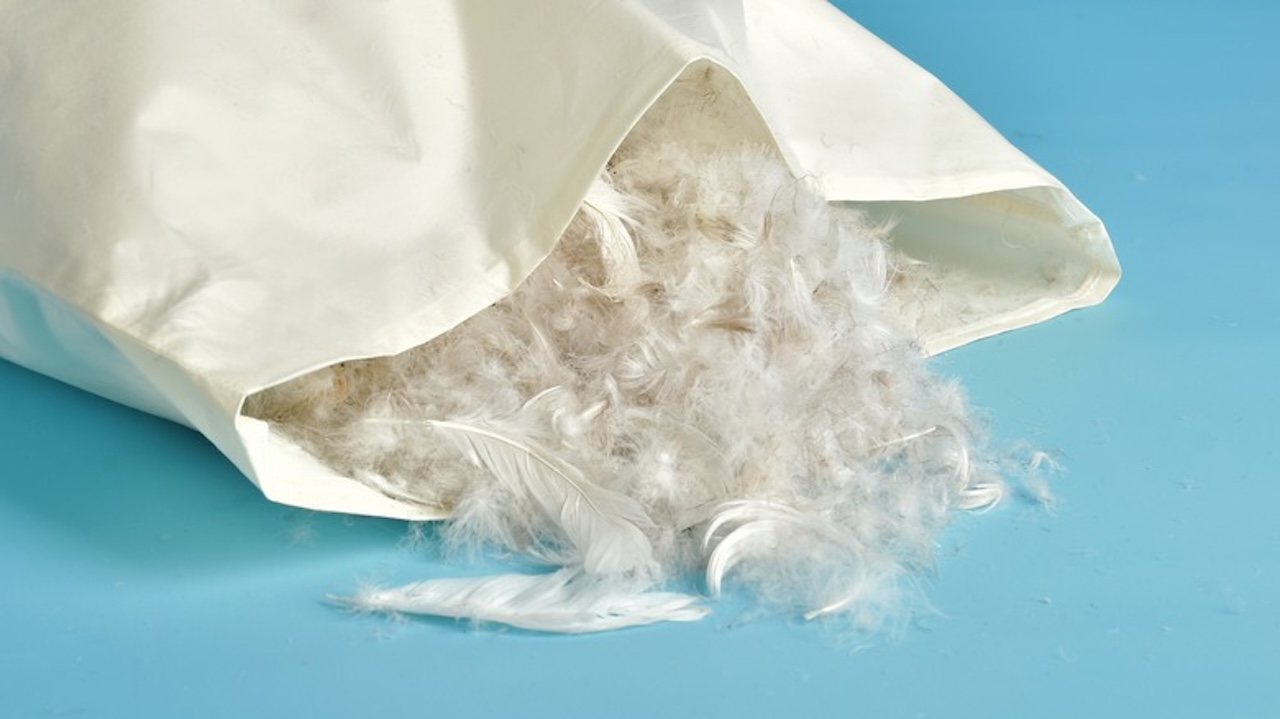
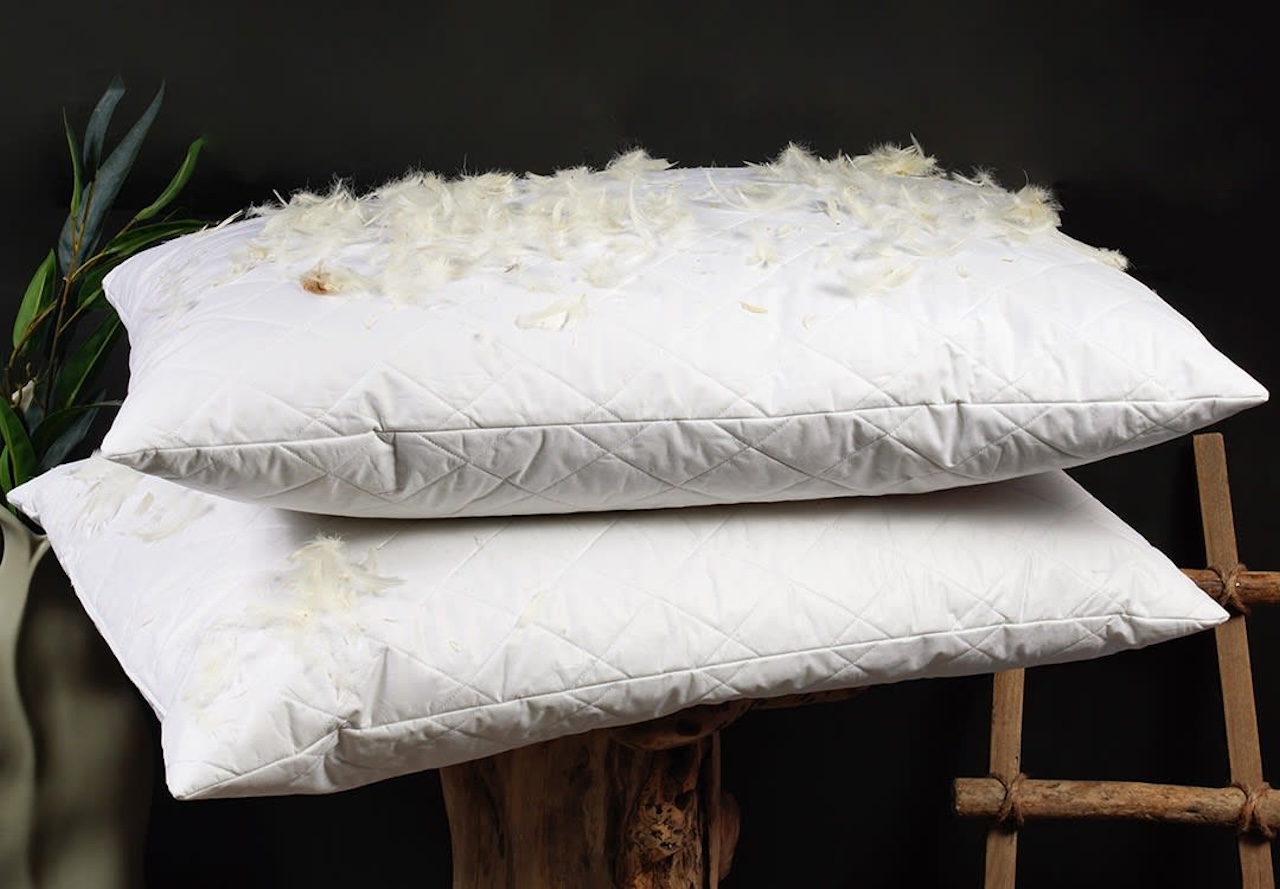

0 thoughts on “Where Do Feathers In Pillows Come From”